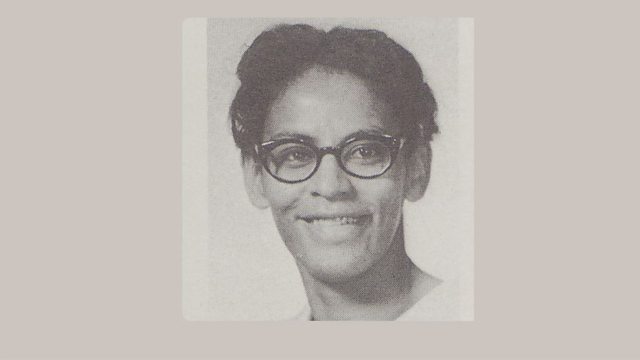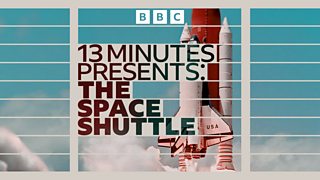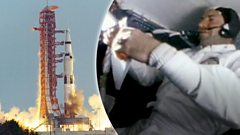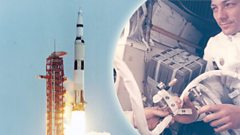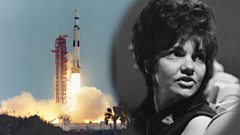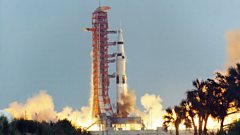Apollo 11: 'If the code wasn鈥檛 right then the program wouldn鈥檛 go'
Elaine Denniston's ability to spot errors in the program code was crucial to the Moon landing
Without the lunar module鈥檚 unique computer and associated programs, landing on the Moon would have been impossible. In the mid 1960s, computing was still a laborious process. Once written, the program code was printed out and then translated into punched cards that could be read directly by mainframe computers on the ground. The programs could then be tested and incorporated into the Apollo Guidance Computer on-board the spacecraft.
Getting the code right was vital, but making sure that code was translated correctly into these punched cards was equally important. Elaine Denniston was one of two punch card operators and her ability to spot errors and get them corrected was crucial to the accuracy of the program development. Senior Programmer Dan Lickly and Elaine Denniston recall her time on the software development team.
"After I had been at the job for a while, I began to spot certain patterns like if there was a left parent, somewhere there had to be a right parent 鈥� or there should have been a period at the end of some strong of numbers. That鈥檚 what I spotted. And when I saw those I would actually go back to the program and they would look at it and go, 'oh yeah, thank you'. So I would go back and ask them. And they were glad that I had seen that. They were thankful to have it because if the code wasn鈥檛 right then the program wouldn鈥檛 go." Elaine Denniston
Photo courtesy of Elaine Denniston
Duration:
This clip is from
More clips from 13 Minutes Presents: The Space Shuttle
-
![]()
Apollo 13: The silence in the blackout
Duration: 03:54
-
![]()
Apollo 13: One family's agony and triumph
Duration: 04:54
-
![]()
What went wrong with Apollo 13?
Duration: 02:03
